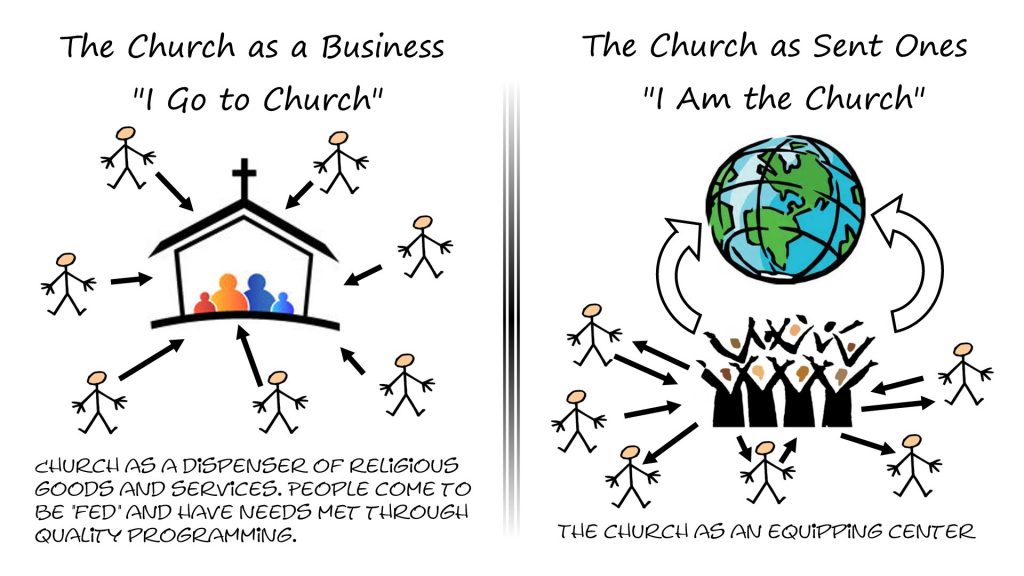If Christianity is nothing else, it is about relationships; with God and with others. Jesus said that the greatest commandment is to love God with all your heart, mind, soul and strength, and the second is to love your neighbor as yourself. It’s pretty direct yet ambiguous as to how to do it, but a great foundation.
Jay Dennis gives some good insight in his book, The Jesus Habits: Exercising the Spiritual Disciplines of Jesus:
1. Jesus took the initiative to build relationships – the woman at the well (in John 4) is a great example of taking the initiative.
2. Jesus didn’t allow prejudice to affect his building a relationship, (her being a lower-class Samaritan). This tells me that He was cross-cultural in His mission.
3. Jesus demonstrated that sharing a meal is one of the best relationship builders – like the invitation of Zaccheus (in Luke 19). Hospitality is such a great way to serve others in the name of Christ.
4. Jesus didn’t give up on building a relationship with someone – like the woman caught in adultery (in John 8). It’s as if He’s telling her that He will not give up on her.
5. Jesus confirmed that relationships are more important than structures and organizations – like when Jesus healed someone on the Sabbath Day and took grief for it (in John 5).
6. Jesus even built relationships in the last moments before His death – like the thief on the cross next to Him (in Luke 23).
If authentic Christianity is going to spread throughout our city and the rest of the world, it will be done through relationships. I’m not against religious broadcasting, but adding people to the kingdom will not reach the world in time – multiplication is needed. We need to teach people how to become disciples of Jesus, yes, but it is more important to develop people into disciple-makers.
Disciple-makers are able to take the good news they received and invest it into the lives of others, who in turn will invest their lives into others. Paul set the example in his letter to his younger disciple, Timothy (2 Timothy 2:2). Let’s start small by finding a few people who have potential to become disciple-makers, and then invest time and effort into them!
How? I like this quote from Dale Carnegie, “You can make more friends in two months by becoming interested in other people than you can in two years by trying to get other people interested in you.” People are not notches on your belt! Your interest must be genuine.
